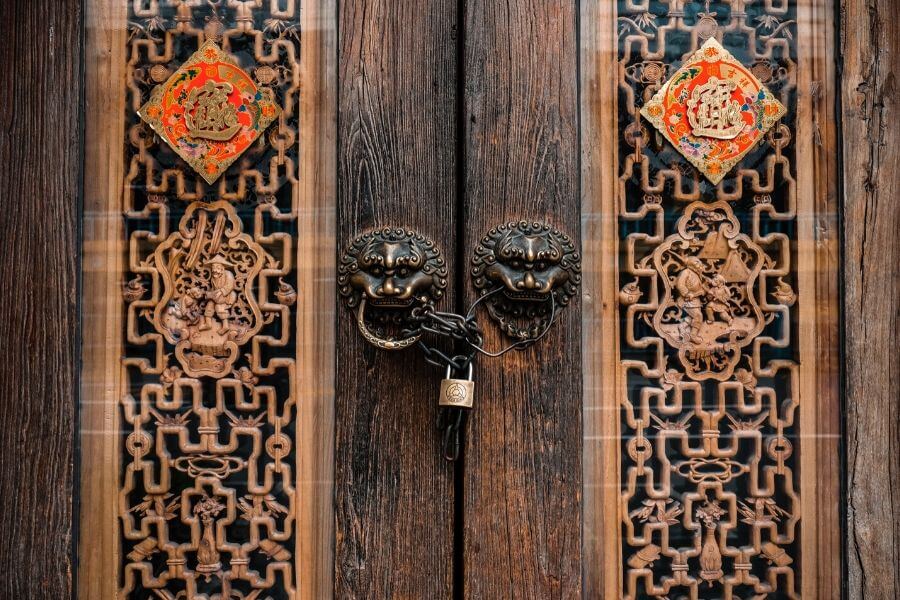
When the evidence may be destroyed or difficult to be collected in the future, the court can investigate, collect, and preserve the evidence ex officio or upon the application of the parties. This is the Evidence Preservation System. It is different from, at the same time overlaps with the evidence investigation and collection system and the evidence presentation order. The evidence preservation usually catches the other party unprepared, and therefore is generally favorable to the applicant. However, there are some difficulties in its practical operation, so the court will usually be prudent to approve it.
I. What is evidence preservation
The evidence preservation is a measure taken by the court to investigate, collect, and preserve the evidence when it may be destroyed or difficult to be collected in the future. The specific measures include, inter alia, taking photos of, duplicating and detaining the evidence. In practice, evidence preservation is used when the evidence is controlled by the other party and may be tampered with or destroyed at any time. The parties can apply to the court for preserving the following evidence:
1. Evidence under the control of the other party and may be destroyed at any time, such as the alleged infringing products, programs, drawings and technical data subject to alleged infringement saved in computers and data storage units;
2. Evidence that cannot be moved or is difficult to be preserved, such as, large mechanical equipment, buildings, vehicles, and perishable commodities;
3. Evidence involving state secrets, personal privacy, and business secrets, etc.
The intellectual property cases are where the evidence preservation system plays the most important role. In such cases, the evidence of infringement and profits obtained by infringement is generally in the hands of infringers. It is hard for the right holder to have access to such evidence, let alone to preserve the same. Therefore, the chance of winning often relies on evidence preservation.
China’s notary office also provides a service called “notarization of evidence preservation”(证据保全公证), but this service only notarizes the process of the evidence collection, to confirm that the evidence has not been tampered with. Therefore, though with a similar name, it is totally different from the “evidence preservation” by the court.
II. Comparison between related evidence mechanisms
i. Evidence Preservation vs. Evidence Investigation and Collection by courts
Both mechanisms can help the parties collect evidence that is hard to do by themselves. However, evidence preservation mainly focuses on preserving evidence that may be destroyed for subjective and objective reasons. For example, due to its own material, the evidence may perish or deteriorate, or the respondent may deliberately damage the evidence, etc. By contrast, evidence investigation and collection by courts focus more on helping the parties get evidence, which, though not likely to be destroyed, is difficult for them to do so by themselves for objective reasons. For example, the evidence is controlled by a third party (especially the government department), such as the export declaration form or the land and housing registration files.
For more info on evidence investigation and collection by Chinese courts, please read the previous post of this Series.
ii. Evidence Preservation vs. Evidence Presentation Order
For the evidence under the control of the other party, evidence preservation also plays a role of discovery, in a way similar to the evidence presentation order. Nevertheless, the evidence preservation is more like a surprise attack, once it’s implemented by courts, the other party has no means to conceal, tamper, or destroy the evidence. In contrast, the evidence presentation order depends on the voluntariness of the other party. If the other party refuses to present the evidence, provides incomplete or even false evidence, the court will not directly presume the existence of the evidence and the facts claimed by the applicant. Generally speaking, evidence preservation is more effective. Therefore, when it comes to key evidence, we advise our clients to apply for evidence preservation as much as possible. If the court dismisses the application, the clients may further consider applying for the evidence presentation order.
III. Application and examination of evidence preservation
In terms of the commencement of proceedings, the same with the evidence investigation and collection by courts, the evidence preservation is initiated mainly by application, and sometimes by the court ex officio under special circumstances. The parties shall, prior to the expiration of the time limit for presenting evidence, apply in writing to the court for evidence preservation, indicating, inter alia, the particulars of the evidence to be preserved, the reasons for the application, and the preservation measures to be taken.
Under emergent circumstances where the evidence may be destroyed if the preservation measures are not taken immediately, the parties may apply for the evidence preservation before the case filing. In this case, the parties should, in addition to the aforementioned matters, prove their interest with the preservation objects, and state the necessity of the immediate preservation measures. Once the court takes preservation measures therefor, the parties need to file a lawsuit within one month, otherwise the preservation measures will be lifted.
When examining the application of evidence preservation, the court mainly reviews the applicant’s qualification, the possibility of the evidence being destroyed or difficulty to collect in the future, the relevance between the evidence to be preserved, and the facts to be proved. If the preservation measures may cause losses to the evidence holder, the court will require the applicant to provide certain guarantee.
In practice, the applicant of evidence preservation needs to provide the court with detailed clues about the evidence to be preserved, such as its content and location, how to enter the place, and communicate with the court in advance on how to implement the preservation measures. Given that the preservation measures will consume many resources of the court, and may cause a certain degree of antagonism and danger, the court generally reviews the application with prudence.
IV. The method and effect of evidence preservation
If the application for evidence preservation is approved, the court will choose the preservation measures that have the least impact on the interests of the evidence holder. Common preservation measures include photographing, video recording, sampling, sequestering, and seizing. When it is possible to preserve evidence by photographing, measures such as sequestering and seizing will not likely be taken; for the evidence preserved by such severe measures, an inspection therefor shall be conducted in a timely manner.
If the parties do not cooperate with or even obstruct the evidence preservation by the court, they may be fined or detained. If the court already has the prima facie evidence in the process of evidence preservation, and the parties obstruct further evidence preservation, it may be deemed as obstructing the evidence presentation. The court may presume that the claim made by the applicant is established according to the facts already known.[1]
The preserved evidence has the same effect as the evidence investigated and collected by the court in judicial proceedings. The preserved evidence will be seen as evidence provided by the applicant, and shall be subject to the evidence examination procedure; the evidence preserved by the court ex officio shall be presented in court and the opinions of the parties shall be heard.
[1] (2016)粤民终870号民事判决书
Photo by Henry & Co.(https://unsplash.com/@hngstrm) on Unsplash
Contributors: Chenyang Zhang 张辰扬 , Yue Wu 武悦




